Missing teeth are no longer a problem! Dental implants offer the most advanced, durable, and natural-looking solution for restoring your smile. An implant, together with its crown, mimics a real tooth both aesthetically and functionally-helping you regain confidence, comfort, and a complete smile.
To book a visit, sign up for a consultation. To clarify the details, our operator will contact you.

Veneers and Related Misconceptions
25 July 2024
Veneers are a widely used method in aesthetic dentistry for correcting the shape, size, and color of teeth. Classic veneers are attached to the front surface of the tooth, while 360 veneers cover the entire tooth surface with thin porcelain (ceramic) plates, protecting the natural tooth tissue from harmful factors. Dental veneers, made of materials such as porcelain and composite, are primarily used for orthopedic purposes to improve the function and appearance of teeth. At our clinic, patients can receive veneers with anesthesia, achieving a dream Hollywood smile in one day, completely painlessly and without discomfort.
Preparation for Veneers
Before fixing the veneers, the doctor will examine the patient's oral cavity using a scanner and photo protocol to create a virtual 3D model of the jaw. This computer-aided 3D modeling allows patients to preview their veneers' shape, color, and size, ensuring they understand the expected results before the ceramic veneers are applied.
Why Choose Veneers?
Porcelain veneers are a modern and popular method for achieving a Hollywood smile. Depending on the patient's clinical condition, various techniques are available for smile enhancement. If teeth are not significantly damaged, porcelain veneers offer a great alternative to composites or zirconia crowns. Known for their natural appearance, ceramic veneers blend seamlessly with the patient's mouth and facial features. Besides cosmetic benefits, veneers also address tooth decay and injuries, protecting teeth from further damage. For comprehensive protection, the 360 Veneer covers the entire tooth surface with a thin porcelain plate, shielding it from bruxism, tobacco, pigmented foods, coffee, and more.
Misconceptions about Veneers
In-depth Treatment Required: A common misconception is that veneer application involves extensive tooth treatment. However, modern technologies and materials minimize tooth preparation, limiting it to the enamel.
Application Only on Front Upper Teeth: Another misconception is that veneers can only be applied to the front upper teeth. In reality, veneers can be fixed on both the upper and lower jaws, including incisors, lower teeth, and premolars.
Durability Concerns: Some patients believe ceramic veneers are not durable and need frequent replacement. In fact, high-quality porcelain veneers have wear parameters similar to natural enamel, ensuring long-lasting durability, color retention, and gloss.
During pregnancy, hormonal changes can cause gum inflammation, bleeding, enamel erosion, and an increased risk of cavities. That’s why visiting the dentist during pregnancy is especially important.
Gnathology is one of the leading branches of 21st-century dentistry. It forms the foundation for any complex dental treatment planning
Tooth loss (edentulism) affects not only the appearance of your smile but also the overall functional health of your oral cavity
Dental veneers can be made from various materials, but ceramic (porcelain) veneers are the most widely used.
Modern aesthetic and functional dentistry is continually evolving, striving to identify restorative materials that combine exceptional strength
The eruption of baby teeth is one of the most important stages in a child’s early development.
Modern dentistry increasingly emphasizes the importance of orthodontic care.
Oral health care begins long before the first permanent tooth erupts.
A smile is one of the key elements of a person’s visual identity. It conveys confidence and positivity. However, the beauty of a smile is not only an aesthetic factor—it is directly connected to oral health.
Orthodontic treatment has long gone beyond the limits of traditional metal braces.
Dental implantation is the best method for restoring missing teeth. However, for the procedure to be successful, the jawbone must have sufficient volume and density.
Dental implantation is one of the most effective and safest surgical procedures in modern dentistry for restoring missing teeth.
Initial endodontic (root canal) treatment is usually successful and helps preserve the natural tooth.
Root canal treatment, also known as endodontic therapy, is one of the most frequently discussed yet often misunderstood dental procedures.
Tooth decay is one of the most common dental conditions, involving damage to the hard tissues of the teeth
Modern dentistry is constantly evolving, offering improved methods for solving complex issues.
Today, there are numerous teeth whitening options—both at home and professionally done.
Modern dental clinics are equipped with special equipment that ensures the safe use of anesthesia.
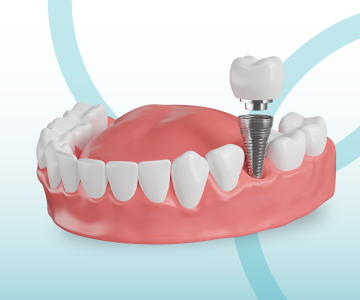

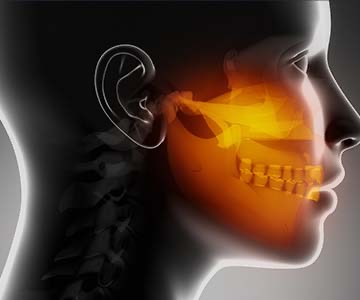
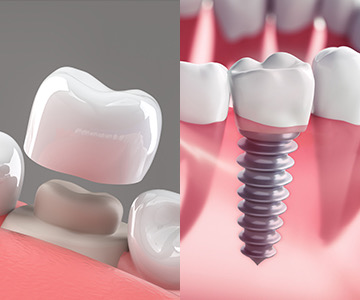
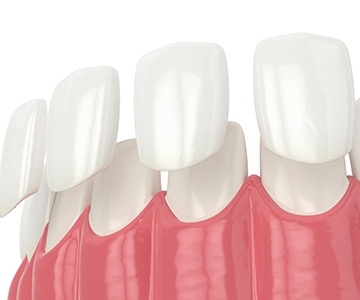
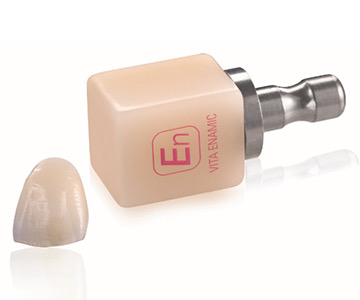

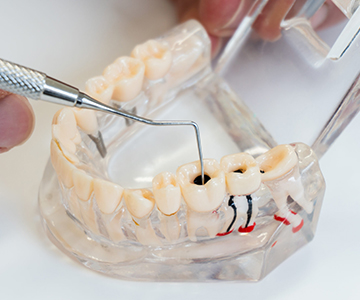
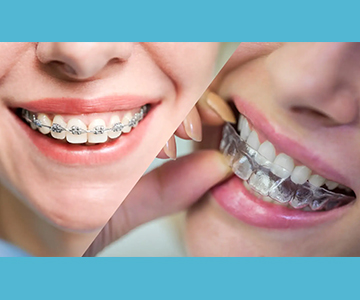


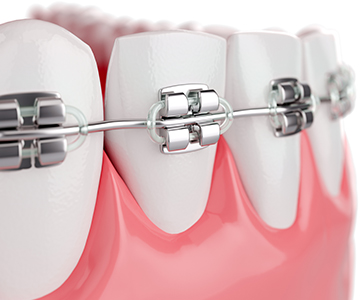
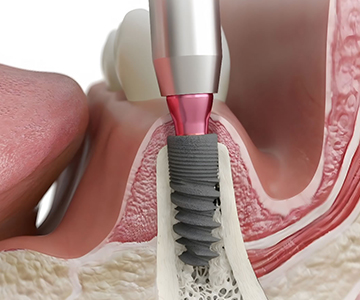
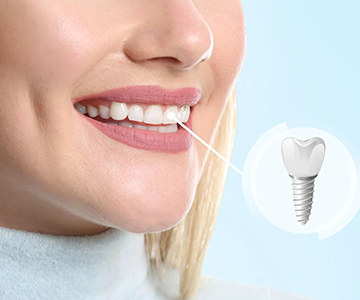
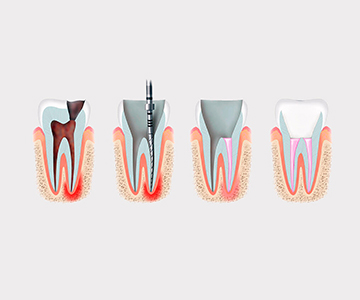
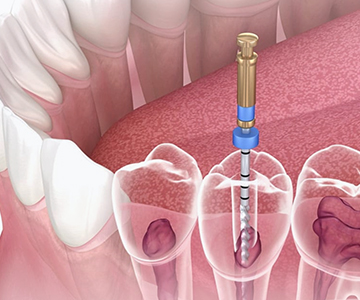
.jpeg)
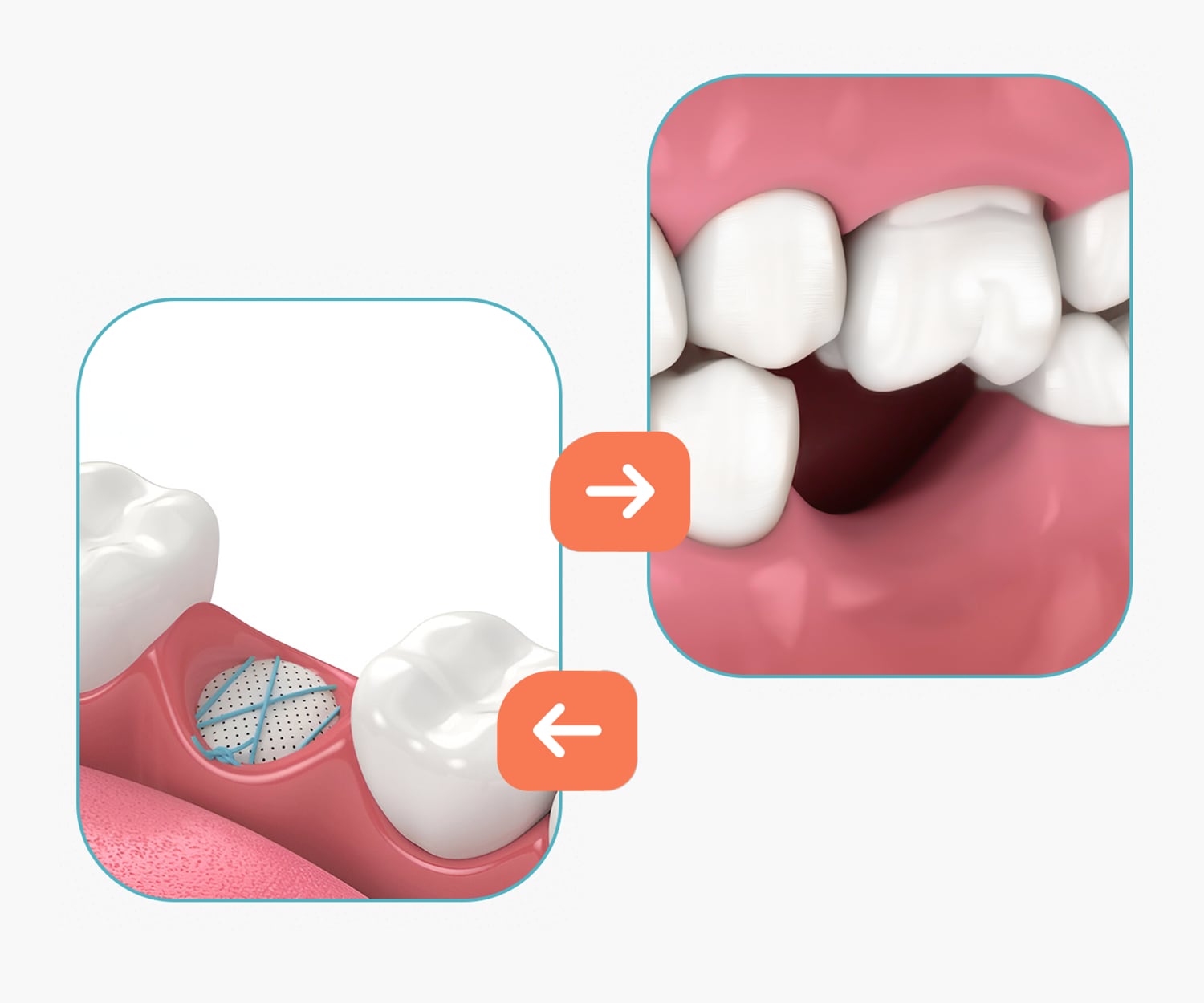
.jpeg)
